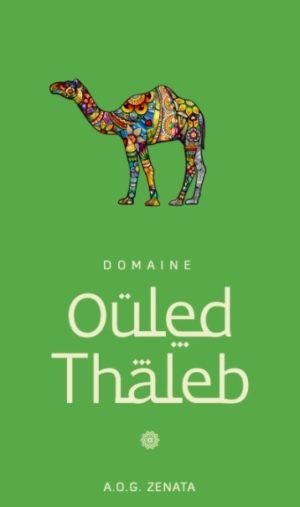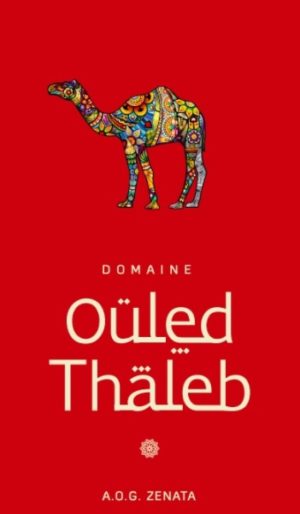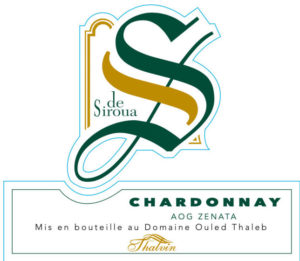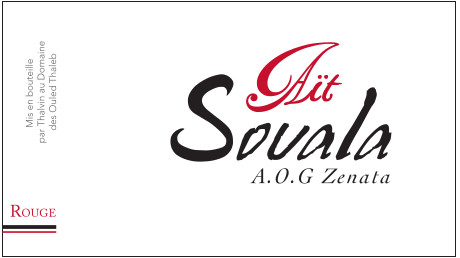
Zenata Rouge – Ait Souala
$1.00
| Country | Morocco |
|---|---|
| Region | Zenata |
| Producer | Ouled Thaleb |
| Size | 750mL |
| Style | Red |
| Practices | Sustainable |
| Grapes | Arinarnoa, Malbec, Tannat |
AOG Zenata. 40% Tannat, 40% Arinarnoa and 25% Malbec, all from dry-farmed vineyards. Arinarnoa is a variety that was obtained by the INRA (Institut National de la Recherche Agronomique) in 1956. Based on genetic analyses carried out in Montpellier, it comes from the crossbreeding of Tannat and Cabernet-Sauvignon. The round-shaped berries berries have a herbaceous flavor. This blend is named after the famous 1931 Ait Souala estate, once the largest winemaking facility of Africa (in 1960 producing the equivalent of 60 million bottles). Harvested and produced on the Ben Slimane plateaux. The vineyards average 25 year old. Dark clay-marl soil known as tirs. Fermented and aged in stainless steel tanks, then 6 months aging in 50% concrete tanks and 50% new French oak. Delicate nose of red berries and «pot pourri». Subtle tannins, fresh finish.
About the Producer
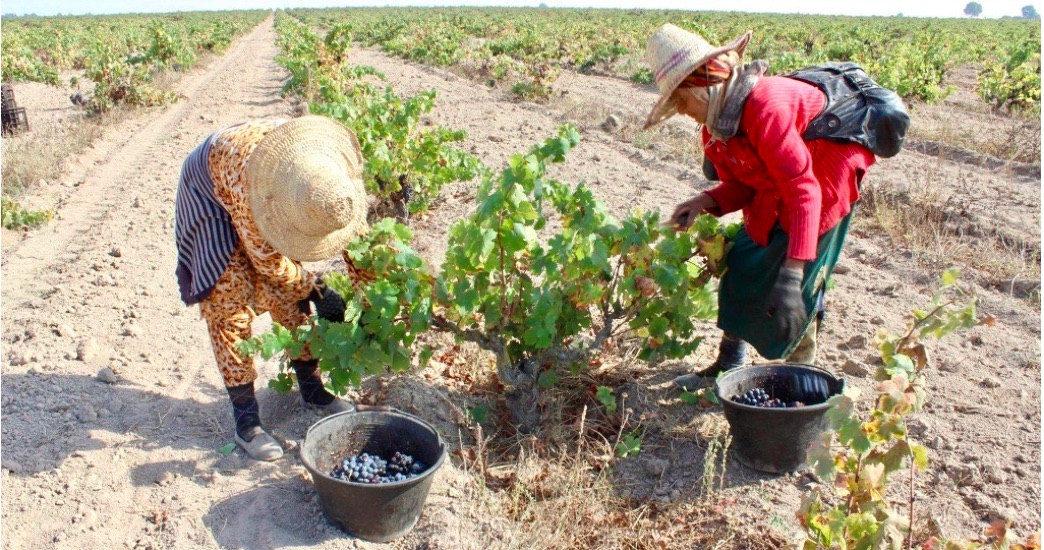
Domaine Ouled Thaleb is named after the tribe that owns the vineyards' land and works at the winery. It was established in 1923, and the vineyards were planted the same year, with the first harvest in 1927. Located in the Zenata coastal appellations between Casablanca and Rabat, Ouled Thaleb led the renewal of the Moroccan wine industry in the 1990’s. While most of their fruit is estate grown, Ouled Thaleb partners with neighboring growers in order to produce classic style wines under the direction of winemaker Stephane Marriot. The vines are gobelet trained to protect from the heat. Although the temperatures are high during the day, the Atlantic Ocean provides a cooling breeze and it is much cooler than in Meknes (which is further inland), with lower temperature at night.
Farming/vinification practices: sustainable.
With its high mountains (Atlas) and maritime influence, Morocco is a great area for growing grapes. French settlers brought their wine traditions with them when Morocco was a protectorate of France (1912-1956). When the settlers left after Morocco regained its independence, the kingdom of Morocco took ownership of the vineyards. The industry lost not only the French expertise that had created it, but also an important consumer base, both locally and in mainland France. As a result, the vineyards were either abandoned or replanted with cereal crops, and the production went from 400 million bottles a year to almost nothing - the Zniber family was the only one to keep the tradition alive at the Celliers de Meknes. It took King Hassan II - a graduate of the University of Bordeaux and friend of several producers there - several years to revive the industry. By offering French producers special prices to rent the land, he attracted several companies that replanted the vineyards with Carignan, Cinsaut and Grenache followed by Syrah, Cabernet Sauvignon and Merlot. Since 2000, the industry is slowly regaining some of its splendor, and is back to producing about 43 million bottles. Most of them (more than 50%, and in some cases a lot more) are consumed locally. While the sale of alcohol to Muslims is in theory prohibited, the law is rarely applied.
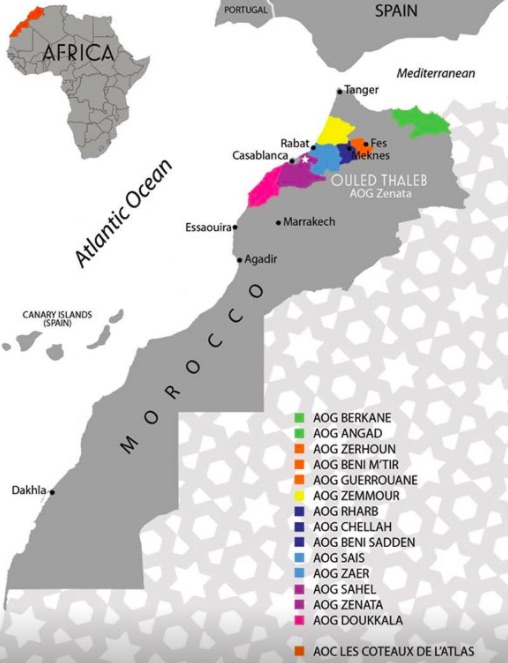
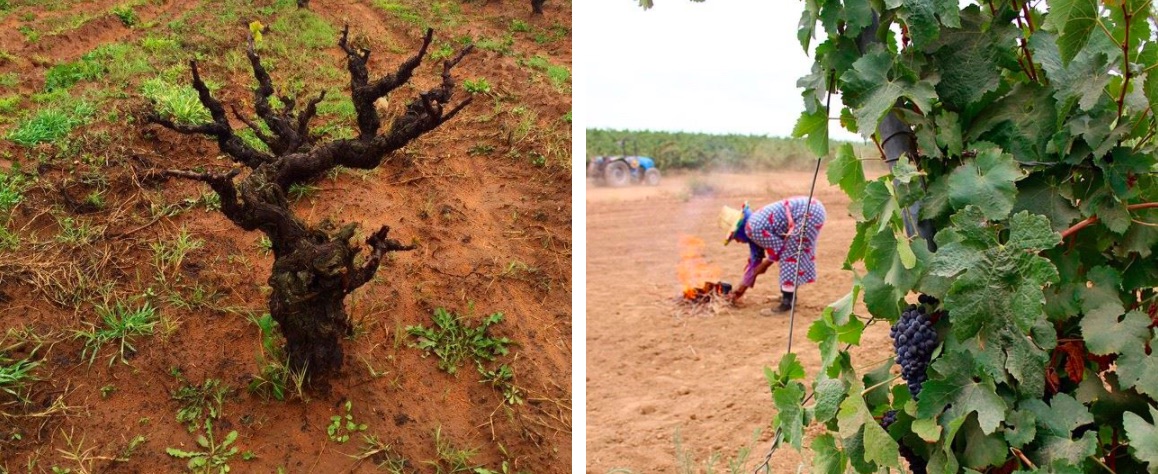
related products
-
Ouled Thaleb
Zenata Rouge – Domaine OTB
-
Ouled Thaleb
Zenata Blanc – S de Siroua Chardonnay

